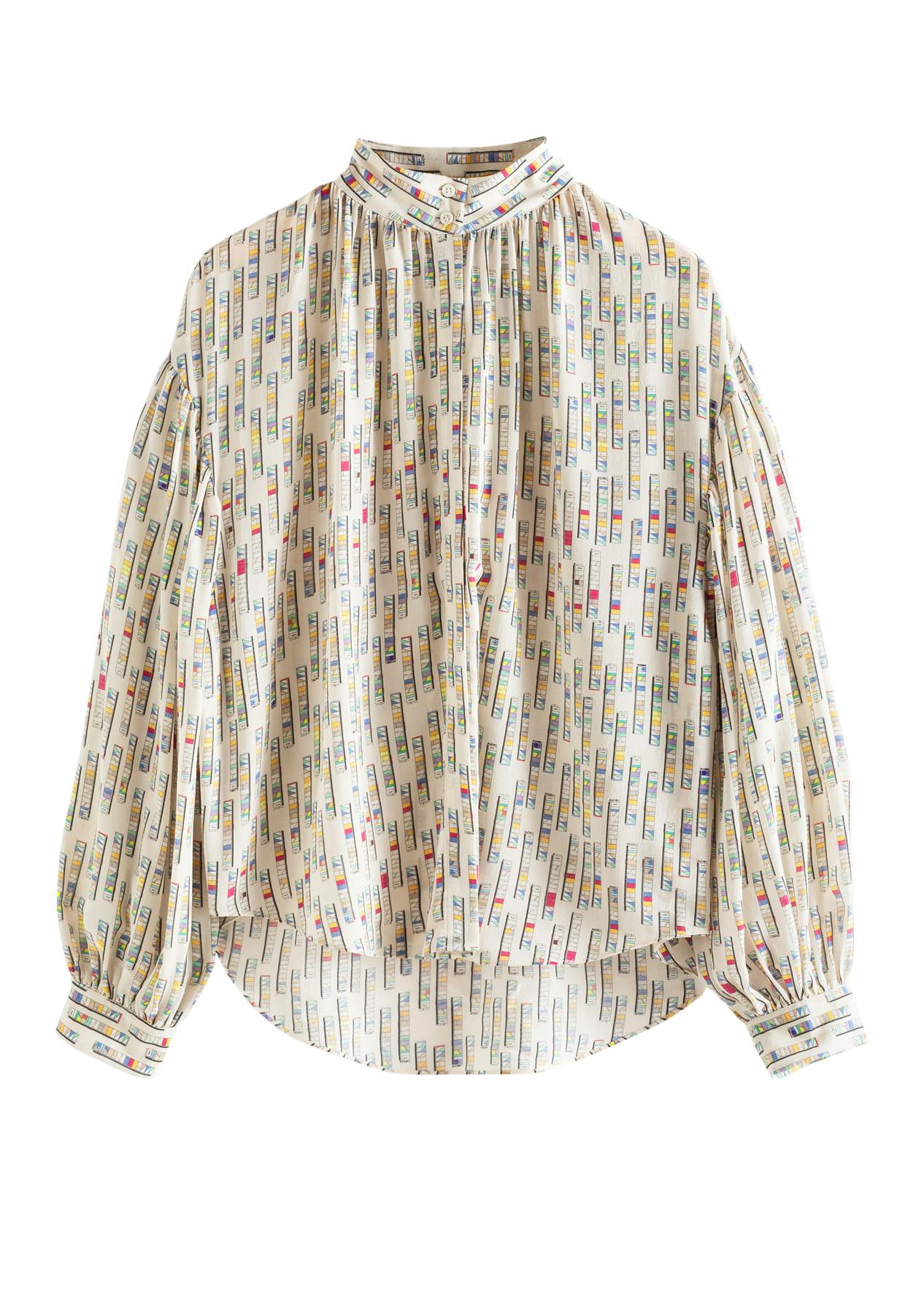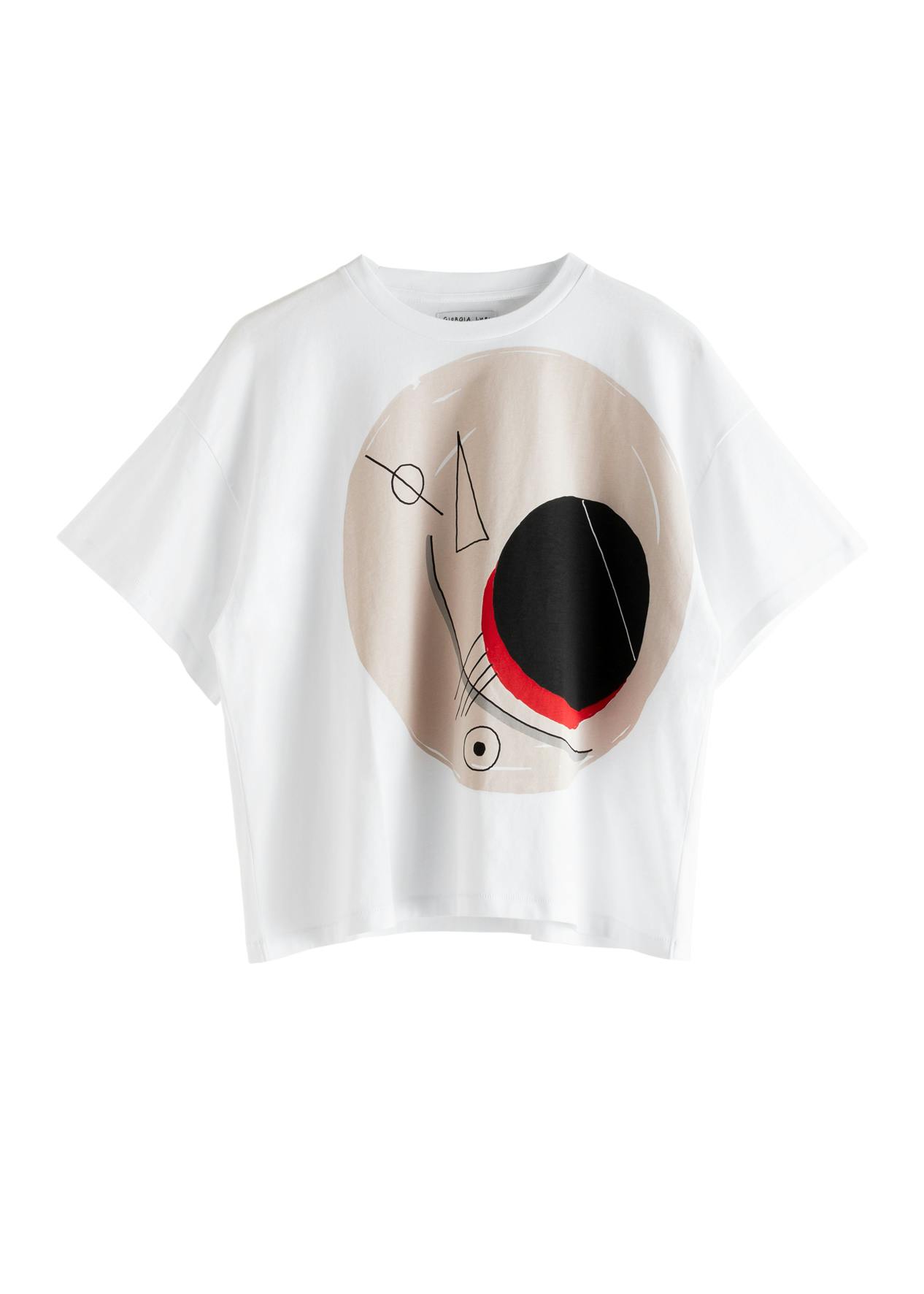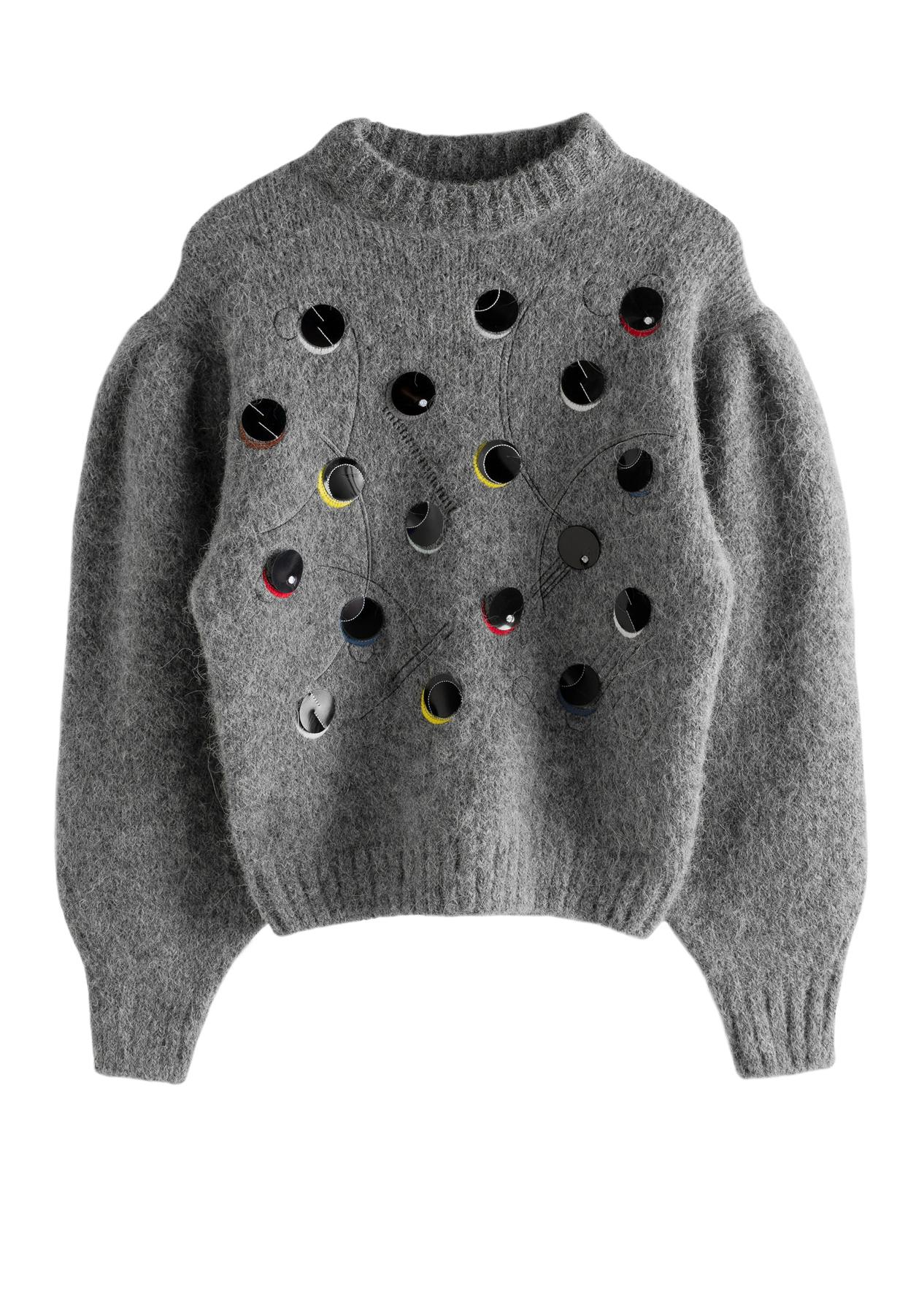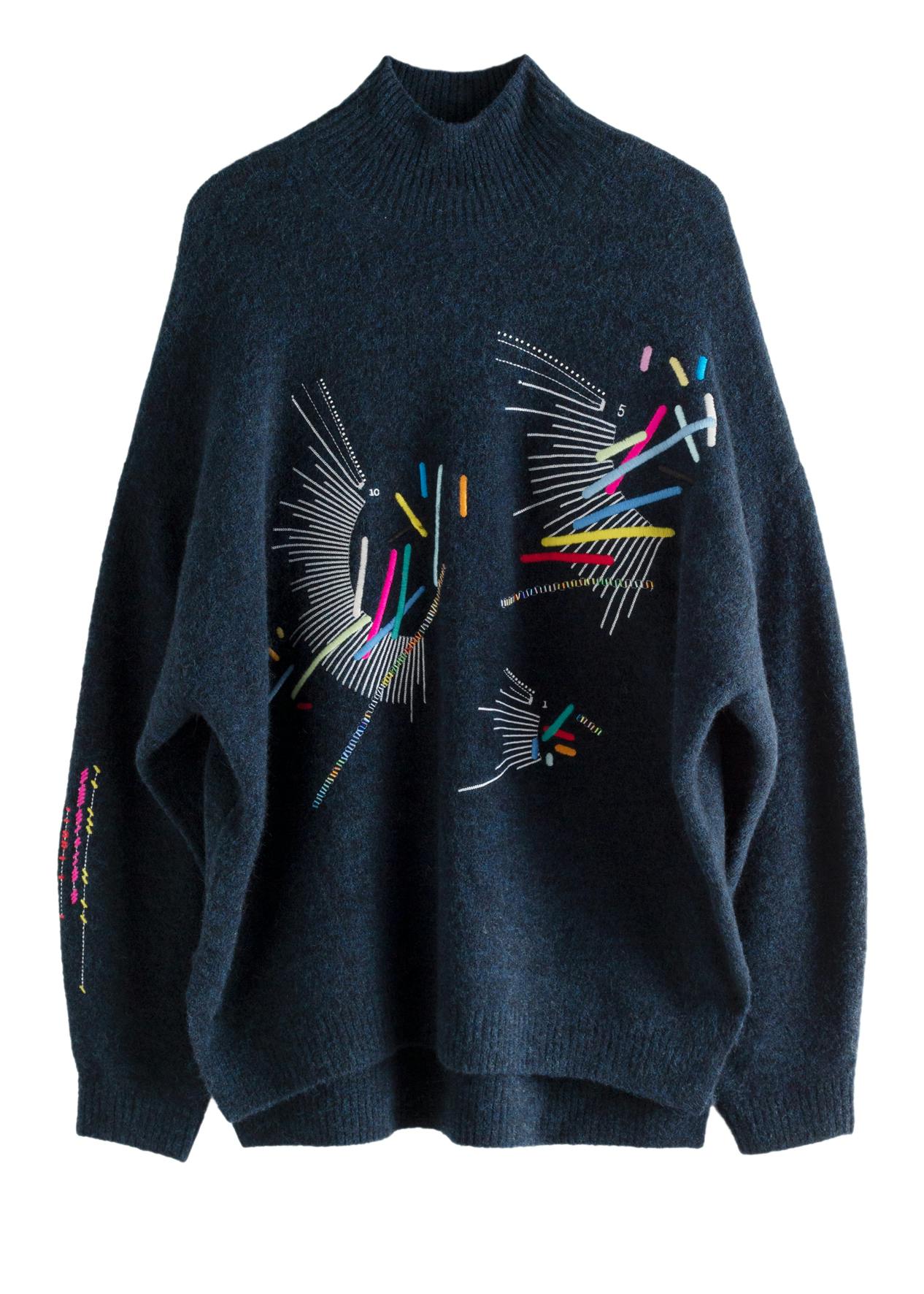Why data could become our greatest storyteller
For Pentagram designer Giorgia Lupi, data is a rich resource that reveals hidden truths about being human. We talk to her about her work and discuss how getting the most out the data relies on asking the right questions
“I work with data as a storytelling and narrative material,” says designer and Pentagram partner Giorgia Lupi, who’s earned herself a reputation for her unconventional take on information. Through her work, Lupi has shown that data doesn’t just have to be facts and figures – it can take on a deeper, more emotional role, uncovering truths about ourselves and the things we love. “I feel that data, if it’s seen as an abstraction of reality, can reveal hidden patterns of our own human nature and society that we can then understand better, and understand through design experiences,” she explains.
Lupi has been fascinated by data for years, going all the way back to 2006, when she completed her masters in architecture and began wondering how it could be used to portray geography and cities, as well as share stories about society.
In 2011 she began a PhD, focusing on data visualisation as a communication tool, and co-founded Accurat – a design studio that turns data into creative experiences. Some readers might also be familiar with Lupi’s name from her Dear Data project, a year-long experiment that saw her exchange postcards full of hand-drawn graphs and statistics with fellow information designer Stefanie Posavec.
“After four or five years of working with data – most of the time digitally and on client-based projects – this was my way to get back into the essence of why I was interested in data in the first place, as a lens and an inquisitive mindset,” she explains. “You can build and craft data sets out of curiosity, and as a creative material that isn’t burdened by technology, necessarily, but a freeing type of tool.

















